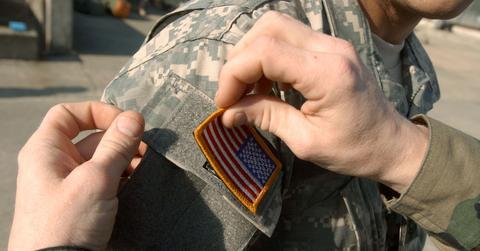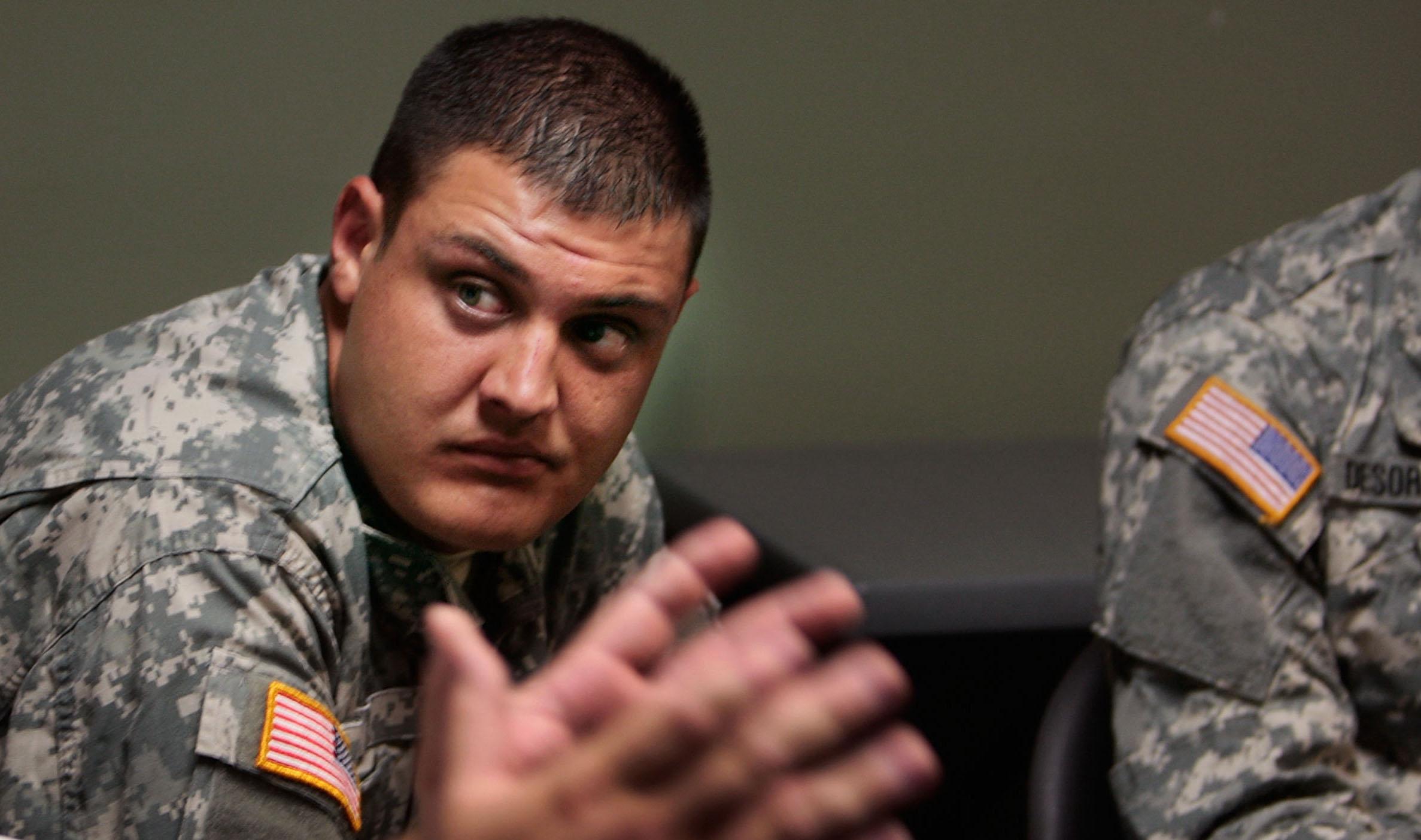The U.S. Flag Looks Like It's Flying Backward on Military Uniforms — Here's Why
Published Nov. 11 2021, 11:47 a.m. ET

Uniforms of the U.S. military are meant to convey a few different things. Based on what someone is wearing, a person can identify the branch in which they serve, their rank, their accomplishments, and more (if they're aware of what the symbols mean). Different patches and adornments have various meanings, but one thing you'll always see on every U.S. military uniform is an American flag.
The American flag patch is typically always seen facing a certain way on military uniforms. Because of that, it often looks like it's facing backward. But why is the flag even positioned this way? It turns out there's a deep symbolism here that's meant to show the tenacity of the American people.
Why is the flag backward on military uniforms?
The flag being backward on military uniforms is supposed to represent it moving in the breeze as the person wearing it moves forward. During the Civil War, units of soldiers would designate someone to carry the American flag as they marched into battle. As this person moved forward, one could see the flag billowing in the air.

When a soldier in the military marches on, the American flag must be seen doing the same. "It must not be seen to be in retreat," said Tim Marshall, the author of Worth Dying for: The Power and Politics of Flags. This way, no matter which way the person is facing, the flag is always seen as moving forward.
This same idea has been explained in military commercials over the years. One even begins by showing the American flag on a uniform with a voiceover saying, "This flag isn’t backward. It’s assaulting forward." The ad also talks about the tenacity of the American people never giving up and always doing what's necessary by "Never retreating. Never giving up."
Why is Veterans Day on the 11th?
Veterans Day is celebrated on Nov. 11 to honor the "eleventh hour of the eleventh day of the eleventh month" of 1918. This signaled the end of World War I, which used to be called Armistice Day. But in 1954, President Dwight D. Eisenhower officially changed the name to Veterans Day.
But Veterans Day wasn't always celebrated on Nov. 11. In 1971, in accordance with the Uniform Monday Holidays Act, the holiday was moved to the fourth Monday in Oct. But later in 1975, President Gerald Ford moved the date back to Nov. 11 because of the meaning of that date in American History.